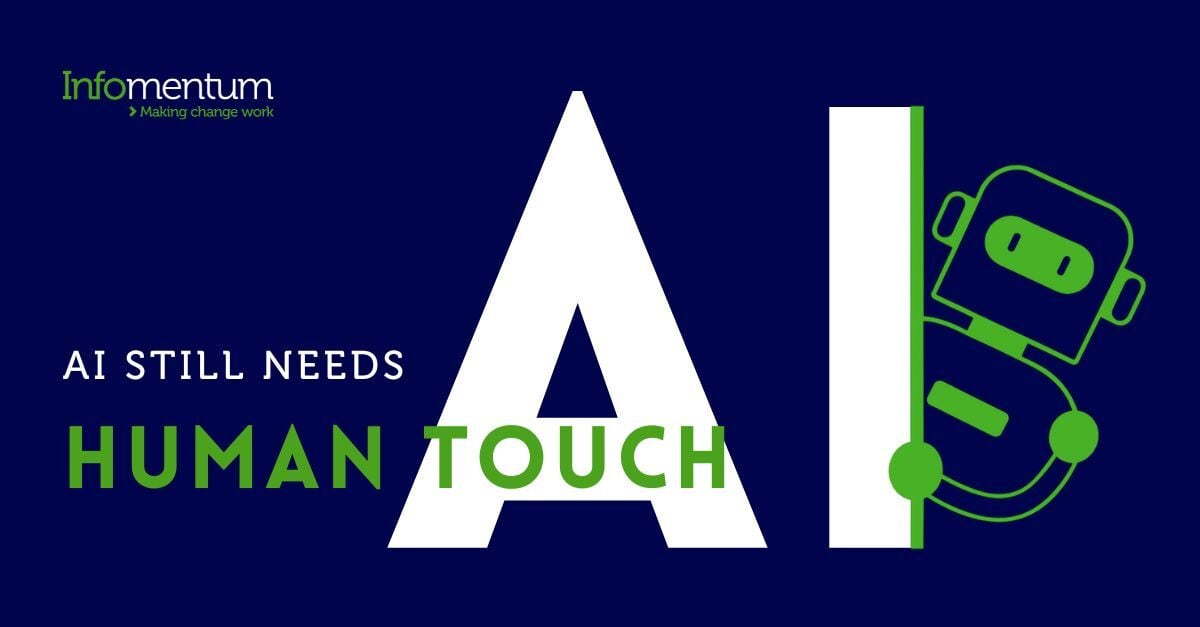In the ever-evolving landscape of automation, the integration of bots across multiple systems has become a necessity for efficiency and productivity. However, as this technology progresses, a critical challenge has emerged as well. It's become increasingly difficult to balance the benefits of formatted and structured information for human use while also working towards the reduction of semantic resolution.
The stripped semantic landscape
Many processes that undergo partial automation also experience the stripping away of semantic information. This can range from the seemingly harmless removal of text formatting to the more significant loss of metadata and reduction of text due to platform limitations.
The consequence? A potential breakdown in communication and understanding between humans and automated systems.
The human element
 Amidst the whirlwind of technological advancements, it's crucial to reiterate that humans should remain at the heart of all conversations around automation. The essence of these systems is to enhance human capabilities, not replace them. When semantic resolution is compromised, it's the humans who deal with the fallout, left to navigate a maze of incomplete information.
Amidst the whirlwind of technological advancements, it's crucial to reiterate that humans should remain at the heart of all conversations around automation. The essence of these systems is to enhance human capabilities, not replace them. When semantic resolution is compromised, it's the humans who deal with the fallout, left to navigate a maze of incomplete information.
It’s tempting to strip back redundant data when communicating between systems - that’s a fundamental part of inter-system communication after all - but in partially-automated processes, humans are still an essential part of the overall process execution. It’s great that systems can communicate using whatever encoded language they want - but can users understand that communication? Will we need to learn a new skillset? Will that new knowledge enhance future career growth?
In the pursuit of automation we [[hve 2 nsure we dnt burdn {user} with rcane rules 4 xlating data]].
Mitigating the challenges
-
Prioritise semantic integrity: Begin by acknowledging the importance of semantic information. In the rush to streamline processes, make sure that data still retains its context, metadata and any other vital semantic cues. This might mean resisting the temptation to over-simplify and automate at the expense of richness in information.
-
Implement robust formatting standards: Establish and adhere to formatting standards that not only enhance usability but also preserve semantic value. This includes the consistent use of headers, tags and other formatting elements that contribute to the structure and context of the information.
-
Invest in comprehensive training: Equip users and operators with comprehensive training on how to interpret and interact with partially automated processes. Understanding the limitations and potential pitfalls allows for better decision-making and problem-solving when faced with stripped-down semantic information.
-
Leverage advanced technologies: Explore emerging technologies, such as natural language processing (NLP) and machine learning, to enhance the semantic resolution of automated processes. These technologies can aid in restoring some of the lost context and understanding in the data.
-
Regularly review and update systems: Automation is not a one-size-fits-all solution. Regularly review and update automated systems to ensure they align with evolving standards and requirements. This includes incorporating feedback from users who can provide valuable insights into the challenges they face.
Conclusion
As we navigate the balance between usability and semantic resolution in automated processes, it is essential to remember that the human element is non-negotiable. The challenges posed by stripped semantic information should be met with proactive measures to preserve the integrity of communication. By prioritising semantic value, implementing formatting standards, investing in training, leveraging advanced technologies and regularly reviewing systems, we can pave the way for a future where automation complements (rather than hinders) a human user experience.
As automation specialists, we see the struggles users face first hand. Not as design specifications that have reduced these users down to ‘actors’ on an interaction diagram. But as living, breathing people with thoughts and feelings, stuck struggling with computers and applications that are only interested in the data. And why? Because the system designers themselves only considered the user as an actor in an interaction diagram!
Our role isn’t to replace one set of struggles with another, and we should be mindful that we don't let that happen. If automation is to live up to its promise, it should free people from processes, translations and logistics. It should restore the human in Human-Computer Interaction. It should, ideally, get computers working for people, and not people working for computers.
</msg>







